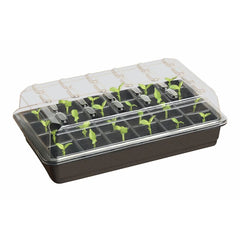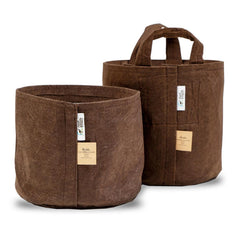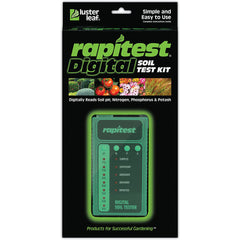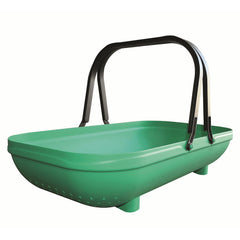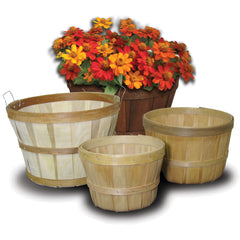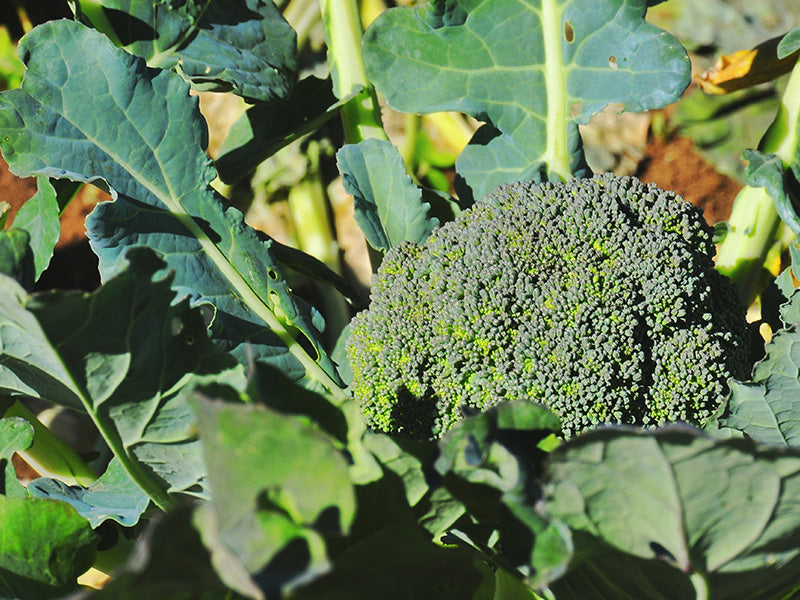
Herbaceous
Broccoli
USDA Zone: 3–10
Lifecycle: Annual
Mature Size: 1.5–2.5 ft. tall
Native Region: Mediterranean
Sunlight Requirements: Full Sun
Learn about: Care, Seeding, Planting and Potting, Feeding, Winterizing, Harvesting and Pruning

USDA Zone: 3–10
Lifecycle: Annual
Mature Size: 1.5–2.5 ft. tall
Native Region: Mediterranean
Sunlight Requirements: Full Sun
Learn about: Care, Seeding, Planting and Potting, Feeding, Winterizing, Harvesting and Pruning
With good care, this cool-season vegetable can produce multiple harvests a year. Broccoli plants like full sun for at least six hours a day, temperatures between 65-75 degrees and good air circulation. Partial shading may be necessary in hotter regions to prevent premature flowering. Water them enough for the soil to remain moist but not water-logged; this is usually 1-1.5 inches per week. Organic mulch will help insulate the soil against extreme temperatures.
Like other cabbage family vegetables, broccoli is vulnerable to aphids, cabbage loopers, root maggots and similar pests. In addition to pesticides, consider row covers to keep pests out. Diseases like black leg and clubroot are also a concern, but clean garden conditions will minimize the risk.
You can start seeding broccoli plants 6-8 weeks before the final spring frost. Fill cell trays with seed-starting mix and plant 2-3 seeds per cell about a half-inch deep. Water the seeds enough for the soil to stay moist. When the seedlings reach 2-3 inches tall, thin them to one per cell. To further encourage growth, add a half-strength starter fertilizer twice a week once there are two true leaves. In the days before transplanting, gradually increase the sun and wind exposure to "harden" the seedlings.
You can plant or transplant broccoli after the final expected spring frost. For a second crop in the fall, plant or transplant once the initial crop is harvested. Broccoli transplants should be spaced 12-24 inches apart in rows separated by 2-3 feet. If you’re seeding in the ground, place the seeds 1-2 inches apart, then thin them to 12-18 inches seedlings are about one inch tall. Working in some organic fertilizer like compost or rotted manure will improve the soil quality. Container broccoli plants should be grown in pots that are at least 12 inches deep and wide.
Rich, loamy soil is key for broccoli plant growth. A low-nitrogen fertilizer applied every 2-3 weeks is a safe bet early in the growing season; you can switch to higher nitrogen levels once the main head starts developing. Liquid fertilizers should be diluted to half-strength and sprayed at the stems. Soil tests will tell you if additional micronutrients or more frequent feeding is needed.
Although many people treat broccoli plants as annuals, winterization can turn certain varieties into perennials. If temperatures are going to drop below 25 degrees, add a thick mulch layer and use burlap or frost covers for insulation. Container plants can be moved indoors; water them less often and use a low-nitrogen fertilizer. In some southern areas, you can continue growing broccoli as normal during the winter.
There are two aspects to pruning broccoli plants. Like other plants, you’ll want to remove yellow leaves and damaged stems as needed so they don’t rob resources. Also, once the main head is harvested, keep the 3-5 strongest side shoots and prune the rest. Use precise cuts above the leaf nodes to encourage new shoots.
You’ll know it’s time to harvest the main broccoli head when the center crown is jam-packed with small, dark green and tightly closed buds. Cut 6-8 inches below the head at a small angle. Once the main head is removed, side shoots will continue to grow, so monitor them for the same characteristics.












